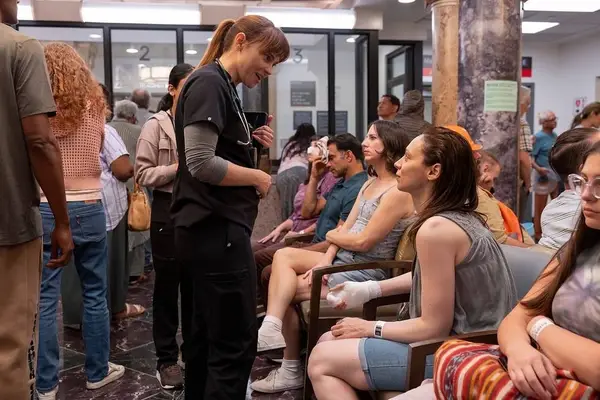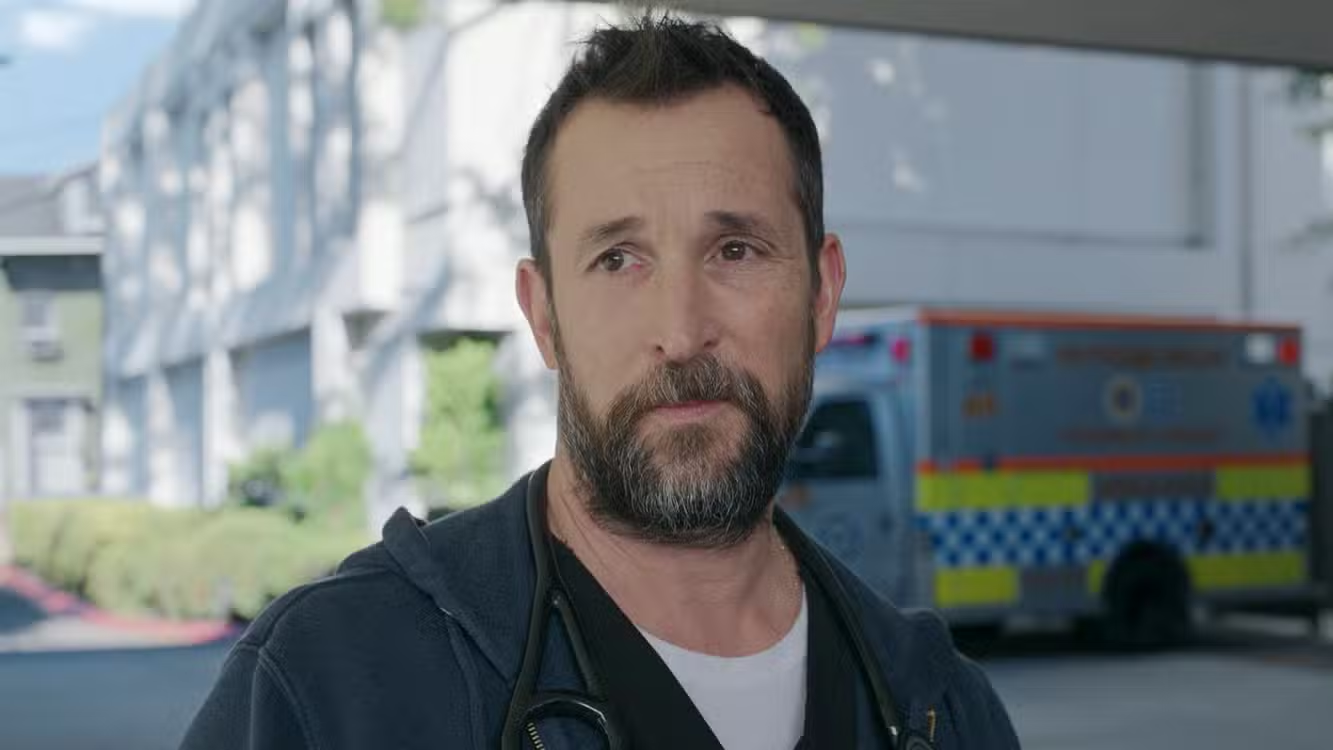Healthcare is Local
High quality health care is getting harder to find and it can vary widely by place.
In the hit medical drama The Pitt, a fictional hospital in Pittsburgh buckles under the pressure of too many patients and not enough beds. It’s gripping television, but it's also uncomfortably close to reality. ER patients lined up in hallways. Hours—sometimes days—waiting for a room. In one episode, a nurse wheels an older man past a line of stretchers and mutters, “We’re full, again.” The line gets a laugh. But if you’re in the second half of life, the joke might land a little too close to home.
Healthcare, like friendship, weather, and walkability, is local. Where you live shapes how quickly you can get a primary care appointment, how long you wait in the ER, and whether there’s a hospital bed available when you—or someone you love—really needs one. And right now, many places across the U.S. are trending in the wrong direction.

Shortage of Hospital Beds
Let’s start with hospital beds. The U.S. has fewer than three hospital beds per 1,000 people. That’s less than half the number in the European Union and less than a quarter of what Japan offers. But it’s not just the number—it’s how full they are. American hospitals now run close to 75% occupancy on average, up 11 percentage points since 2019. Once you hit 85%, studies show hospitals start to malfunction: delays, medication errors, burnout. We could be just a few years away from hitting that threshold nationally—and in some urban and rural areas, we’re already there.
Why the squeeze? Part of it is policy. For decades, regulations like “certificate-of-need” laws made it hard to build new hospitals. In many markets, private equity firms have bought and consolidated hospitals, closing locations in pursuit of efficiency. Add staff shortages and pandemic-fueled burnout, and it’s easy to see why the stretcher hallway has become the new waiting room.
But hospital beds are only part of the picture. As people age, their healthcare needs rise significantly. One study projects an 11% increase in hospital bed demand over the next decade due to aging alone. ER visits and inpatient stays climb in our 60s and 70s and beyond —pneumonia, heart failure, falls, dementia. Yet fewer doctors are entering geriatrics. The U.S. needs around 30,000 geriatricians to meet demand. We have fewer than 7,500.

A Good Doctor is Hard to Find
And primary care? That’s getting harder to come by too. More doctors are leaving traditional practices for concierge medicine—an appealing model for those who can afford it, but a troubling shift for everyone else. A recent survey found nearly one in five physicians plans to leave clinical practice within two years. The reasons? Burnout, bureaucracy, and a desire for more control over their time.
This matters because access to a good local doctor—someone who knows you, who notices changes, who catches issues early—is one of the strongest predictors of long-term health. Without that foundation, the system becomes more reactive. More ER visits. More complications. More strain.
Of course, not every place is struggling. Some suburban counties have hospitals with capacity to spare and strong networks of doctors. Others—especially older urban centers and underserved rural areas—are under real pressure. And while it’s tempting to treat these as “system-level” problems for someone else to solve, they have real personal implications.

Key Questions to Ask
If you’re evaluating your current place, ask: Will healthcare access work for me in the future? Do I have enough local resources and a real plan to age in place? And if you’re considering a move, it’s critical to think about what healthcare looks like in your new area. Are there hospitals nearby—and are they well staffed? Are primary care practices taking new patients? Are there specialists for the kinds of conditions you or your loved ones are most likely to face?
And remember: moving also means starting over with your care team. Finding a new primary care doctor, dentist, ophthalmologist, and other specialists takes time—and in some places, a lot of patience. It’s not a reason to stay put if the overall tradeoff is better—but it is real friction, especially at a time of life when continuity of care matters most.
This isn’t about picking a place with a shiny hospital ranking. It's about meaingfullly thinking about how the place shapes our health over the long run. It’s about understanding momentum. Is the area adding or losing doctors? Are local practices shifting to concierge care, or remaining open to Medicare? Does the place seem ready for the growing needs of an aging population—or already stretched thin?
Healthcare is deeply personal. But access to it is profoundly local. And as we age, the stakes only rise.
So yes, choose a place with a view. A walking trail. A warm community. But also make sure it’s a place that’s ready for you—not just now, but 10 years from now.
Back in The Pitt, there’s a scene where a nurse is asked what’s wrong with the system. She sighs and says, “It’s not one thing. It’s everything, everywhere, all at once.”
We can’t control everything. But many of us have some agency in where we live. And in a world where stretchers in hallways are becoming the norm, that decision matters more than ever.


